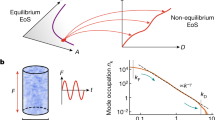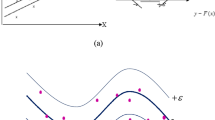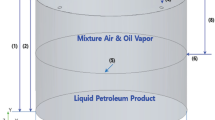Abstract
IT was shown by Rutherford and Soddy in 1903 that the radium emanation was condensed from the gases with which it was mixed at a temperature of about -150° C. From observations of the range of temperature of condensation and volatilisation it was concluded that the condensed emanation exerted a sensible vapour pressure. This has been confirmed by later experiments, using much Varger quantities of emanation. Sir William Ramsay and Cameron have pointed out that the emanation, condensed in a glass tube kept at the temperature of liquid air, can be removed by continuous pumping, thus indicating appreciable vapour pressure even at that low temperature. I have found that the rate of removal of the emanation in this way increases rapidly as the temperature of complete volatilisation is approached.
This is a preview of subscription content, access via your institution
Access options
Subscribe to this journal
Receive 51 print issues and online access
$199.00 per year
only $3.90 per issue
Buy this article
- Purchase on SpringerLink
- Instant access to full article PDF
Prices may be subject to local taxes which are calculated during checkout
Similar content being viewed by others
Author information
Authors and Affiliations
Rights and permissions
About this article
Cite this article
RUTHERFORD, E. The Boiling Point of the Radium Emanation. Nature 79, 457–458 (1909). https://doi.org/10.1038/079457c0
Issue date:
DOI: https://doi.org/10.1038/079457c0



